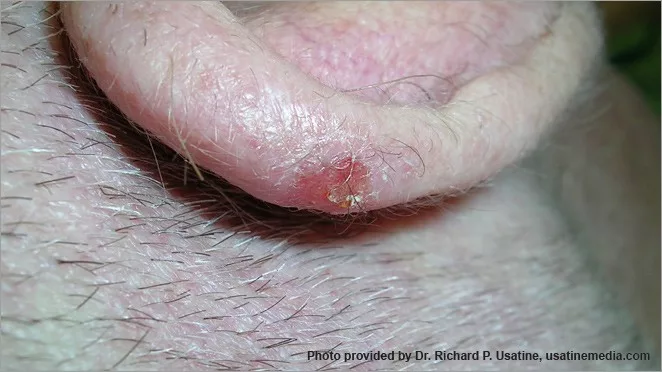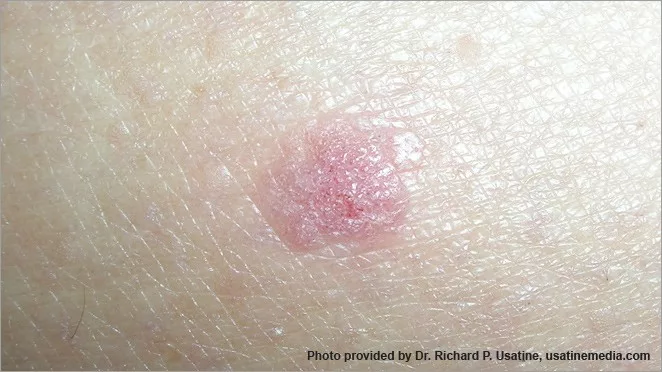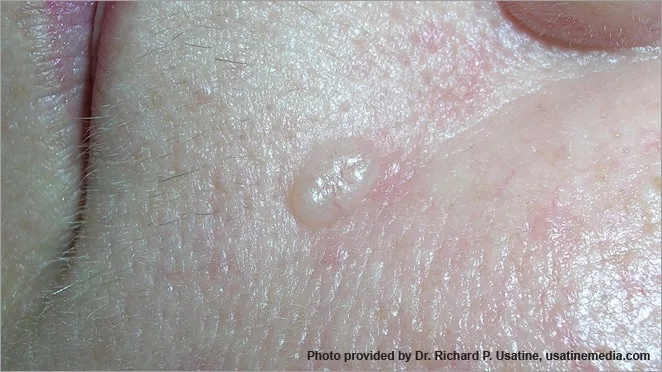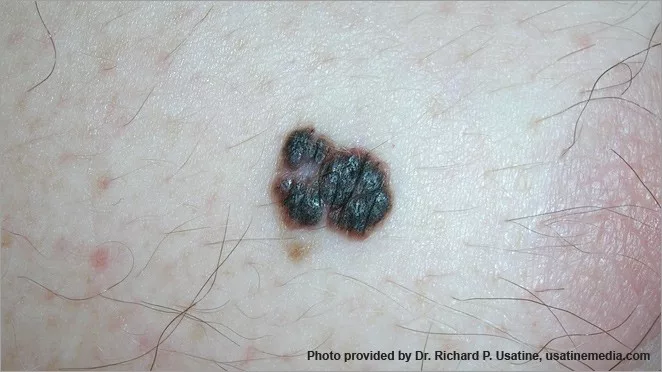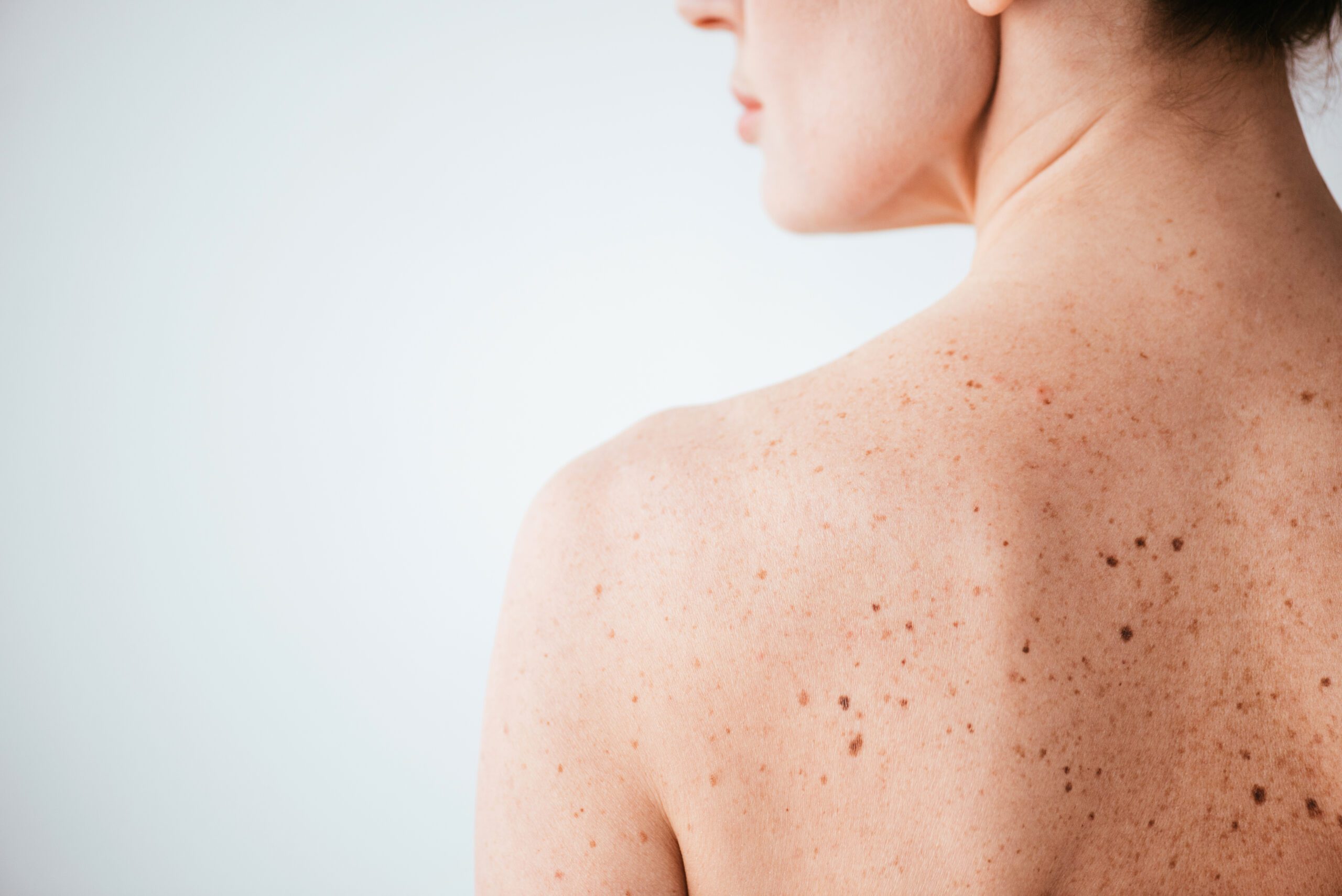
Asymmetry, border, color, diameter, and evolution. Those are the ABCs of identifying a potentially harmful skin mole. In this article, reconstructive surgeon Dr. Brian Cripe talks about normal and abnormal moles, what to look for, and how skin cancer is treated
Skin cancer is the most prevalent form of cancer in the U.S., afflicting at least one in five Americans by the time they turn 70. And even more patients – around 58 million Americans – have precancerous lesions, the most common being actinic keratosis.
At our plastic and reconstructive surgery practice in Arizona, we frequently treat patients with all forms of skin cancers. Home to three of the sunniest cities in the country, Arizona locals and tourists alike need to be careful when it comes to minimizing sun exposure, wearing sunscreen, and regularly checking their skin. Here in Flagstaff, we live at high elevation, where UV rays are further intensified, making proper skin care and skin cancer prevention even more critical.
In this article, we’ll talk about the different types of skin cancers I see in clinic, what they look like, how to perform a skin cancer self-check, and prevention techniques.
Types of Skin Cancer
There are several different types of skin cancer, each with its own characteristics and behaviors. The three most common types are basal cell carcinoma, squamous cell carcinoma, and melanoma. Merkel cell carcinoma is a rare and fairly aggressive form of skin cancer that has increased in incidence over recent decades. Dermatofibrosarcoma protuberans is another rare form of soft tissue sarcoma that occurs in the dermis, often presenting as a firm plaque on the abdomen, chest, or back of young adults. The following skin cancer images are provided by the American Cancer Society website.
Basal Cell Carcinoma:
Basal cell carcinoma is the most common type of skin cancer but is also the least aggressive and highly treatable. The lesions usually grow quite slowly and rarely metastasize to other body parts. We commonly find basal cell carcinomas on areas with particularly high sun exposure, including the face, neck, chest, and hands. This form of skin cancer usually appears as a raised, pearly, or waxy-looking bump on the skin.
Squamous Cell Carcinoma:
Squamous cell carcinoma is the second most common type of skin cancer overall, but the most common in Black patients. Unlike basal cell carcinomas, squamous cell carcinomas can grow faster and have a higher risk of spreading to nearby lymph nodes or other body parts. Like basal cell carcinomas, we commonly find squamous cell lesions on the face, neck, chest, and hands, but it’s important to note that skin cancer can occur anywhere – even in areas that are rarely exposed to the sun. Non-white patients commonly present with skin cancers on the plantar portion of the foot, accounting for up to 40% of identified cases. These lesions are usually red and scaly. Patients with squamous cell carcinomas often first notice a sore that doesn’t heal or a raised reddish growth with a central depression.
While squamous cell carcinomas can be concerning, a randomized controlled trial showed that regularly wearing sunscreen with an SPF of 15 or higher reduces the risk of developing these lesions by 40%.
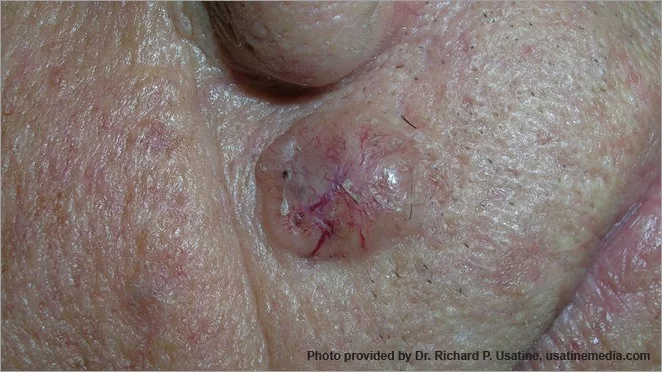
Melanoma:
Melanoma is a less common but more aggressive form of skin cancer that develops in skin cells that produce melanin. Melanomas can occur anywhere on the body, including areas not exposed to sunlight. Melanoma lesions vary widely in their presentation. While they often tend to be irregularly shaped moles or dark brown or black lesions, they can also be white, pink, or red. It’s essential for patients who suspect melanoma to get a professional work-up by their plastic surgeon or dermatologist to reduce the risk of metastasis. Prompt medical attention is crucial for melanoma diagnosis, treatment, and prognosis.
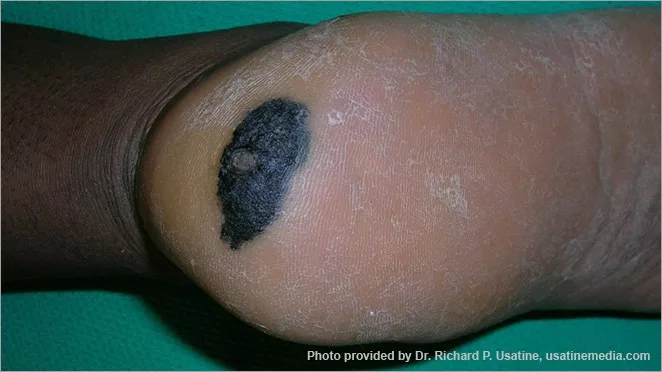
What Does Skin Cancer Look Like?
Identifying cancerous moles and skin lesions isn’t always easy, which is why it’s important to consult a qualified dermatologist or plastic surgeon to examine your skin and excise and biopsy any suspicious lesions. Regular self-examinations and professional screenings, especially if you have a higher risk or a family history of skin cancer, are crucial for early detection and treatment.
It’s worth noting that the following signs and symptoms are not exclusive to skin cancer, but here is a general overview of what we look for when evaluating skin lesions:
- Asymmetry: Normal moles or freckles are usually symmetrical. Suspicious spots may have irregular shapes or unevenly distributed colors.
- Border: Benign moles typically have smooth, even borders. In contrast, melanomas often have blurred or jagged edges.
- Color: Pay attention to any changes in color or multiple colors within a single mole. Melanomas may display shades of brown, black, red, white, or blue.
- Diameter: While melanomas are often larger than 6 millimeters, skin cancer can come in various sizes. Don’t ignore smaller spots that look unusual or are changing over time.
- Evolution: Monitor any changes in size, shape, color, or elevation of moles or skin lesions. Rapid growth or alteration is a concerning sign.
- Itching, bleeding, or crusting: Watch for a mole or spot that itches, bleeds without apparent cause, or develops a persistent crust.
- Elevation or firmness: New moles that are raised above the skin surface or feel firm to the touch should be professionally examined.
- Location: Skin cancers can appear anywhere on the body, including areas not exposed to the sun. Examine your entire body, including palms, soles of the feet, genital areas, and beneath your nails. Cancer under fingernails and toenails may look like a new, dark vertical stripe.
How to Perform A Skin Self-Exam
All you need to perform a thorough skin exam is a hand mirror. The American Cancer Society is a good resource with more detailed instructions, but essentially you want to look for unusual moles or spots on the whole body from head to toe.
Watch for new growths or changes to moles that you’ve noticed before. In particular, look for asymmetrical moles, have irregular borders, exhibit multiple colors, or are bigger than a pencil eraser (6 mm in diameter). Skin cancers may also present as a persistent sore that doesn’t heal properly, or repeatedly scabs, crusts, or bleeds. Sores that don’t improve within a few weeks could mean the lesion is cancerous.
Skin cancers can also cause redness, tingling, numbness, itchiness, inflammation, tenderness, and pain around the lesion. Advanced skin cancer that has spread to other parts of the body may cause additional symptoms, including enlarged lymph nodes, unexplained weight loss, fatigue, and other systemic symptoms.
It’s important to note that not all skin irregularities or changes are indicative of skin cancer, and symptoms often vary from patient to patient. If you notice any persistent changes in your skin that concern you or if you have any risk factors for skin cancer, it’s best to consult a healthcare professional for a proper evaluation and diagnosis. Early detection and treatment of skin cancer greatly increase the chances of successful outcomes.
Book A Skin Cancer Consultation With A Plastic Surgeon
Surgeons of Northern Arizona, we perform skin cancer and melanoma excisions, sentinel node biopsies, and Mohs reconstruction to help minimize the appearance of scars while ensuring all cancerous cells are removed. Book a consultation at our clinic in Flagstaff, AZ with one of our qualified, board-certified plastic surgeons to learn more about your treatment options.


